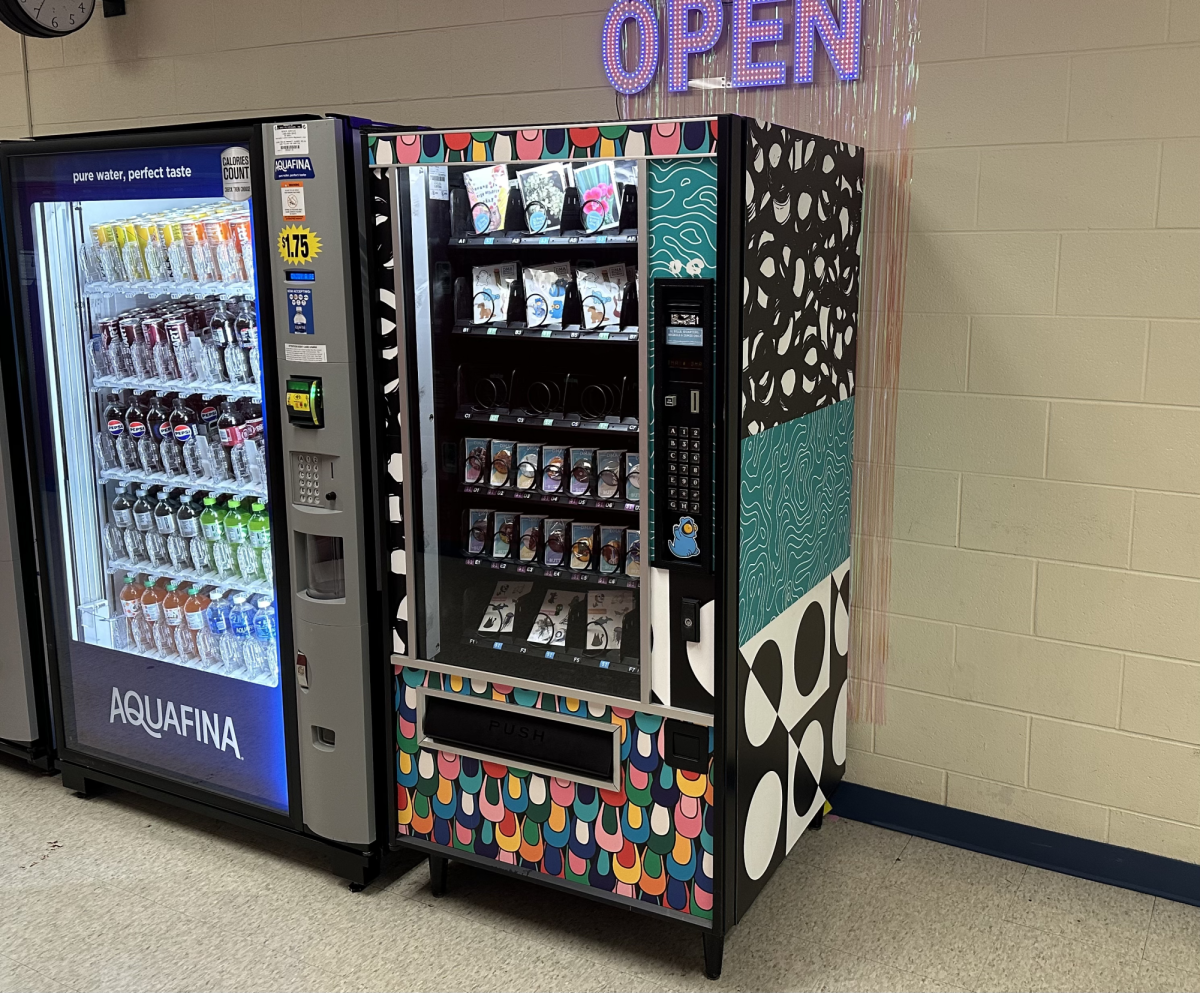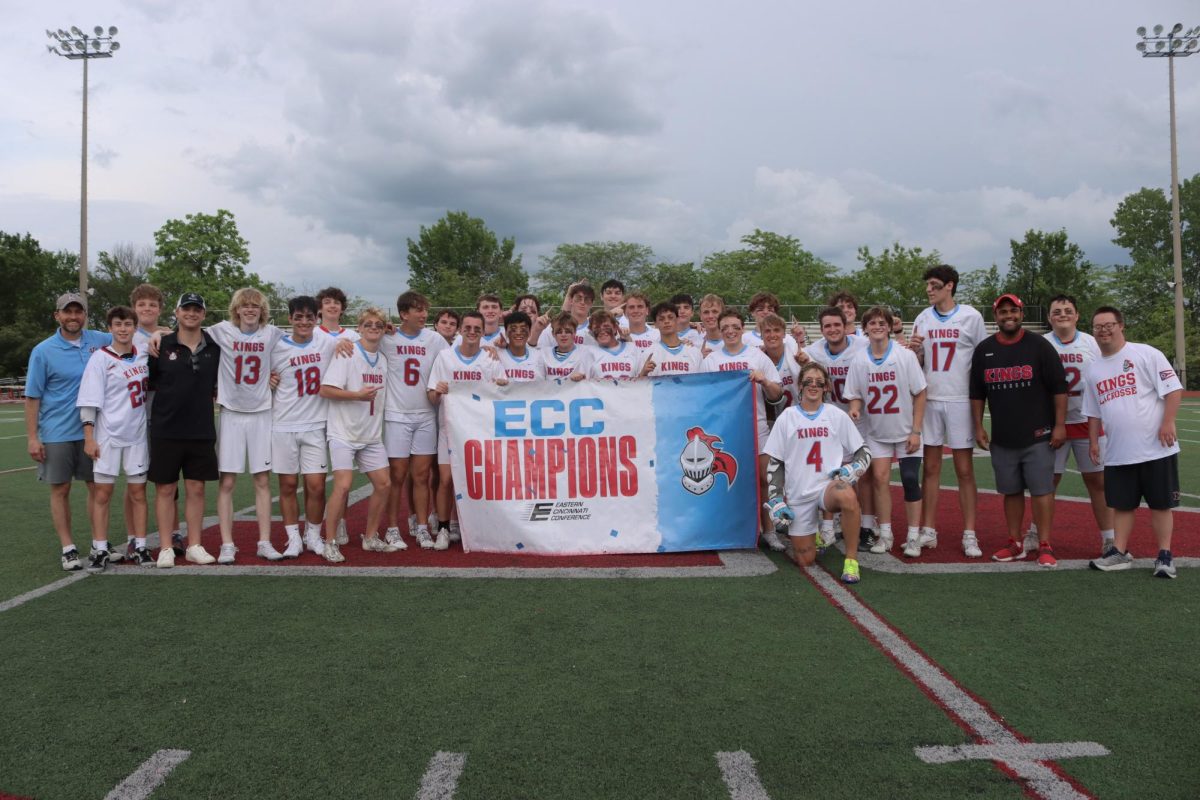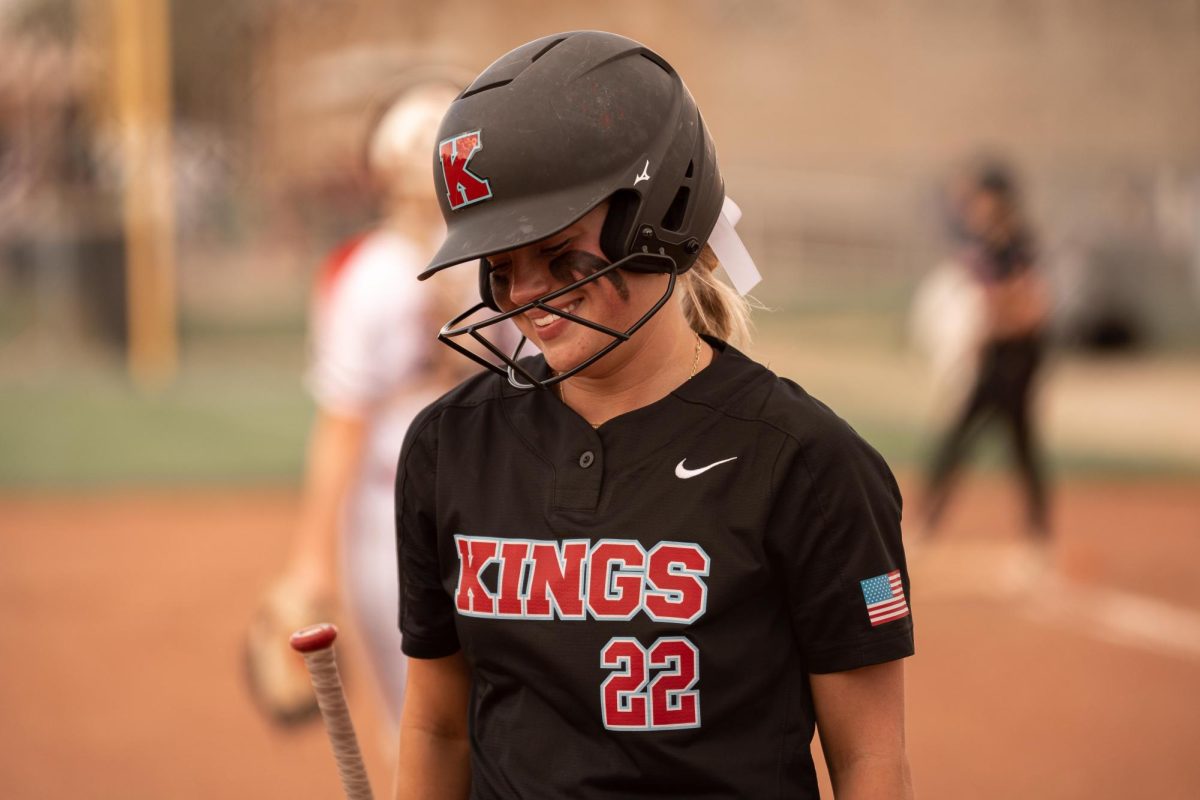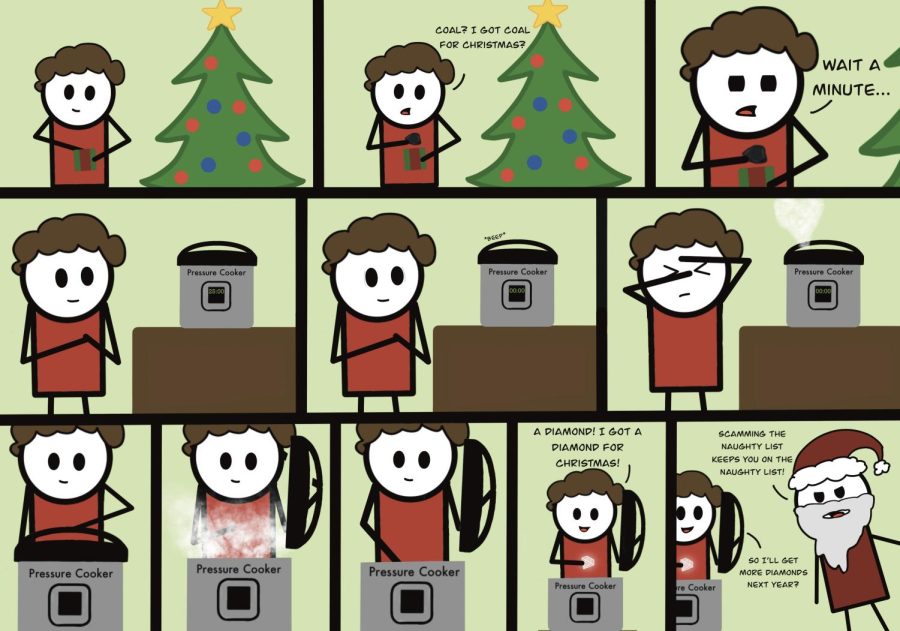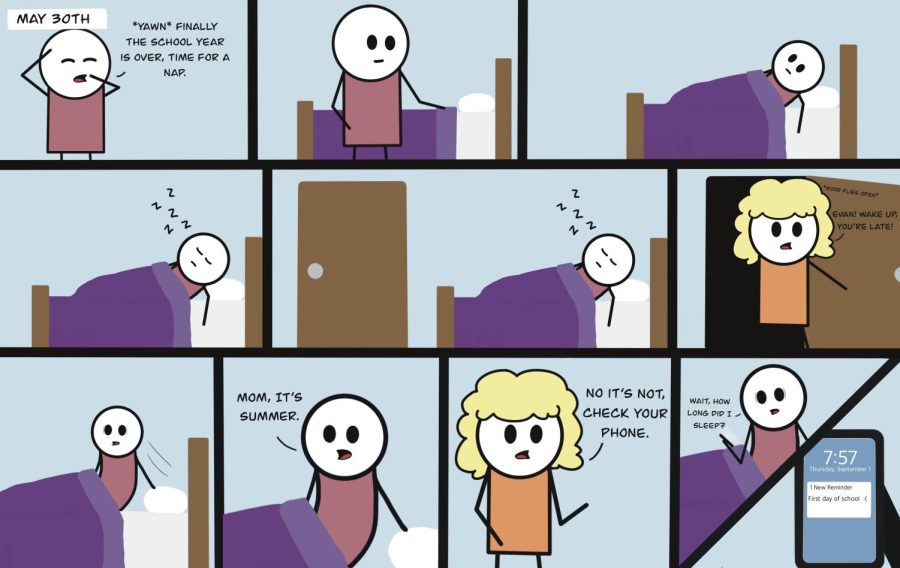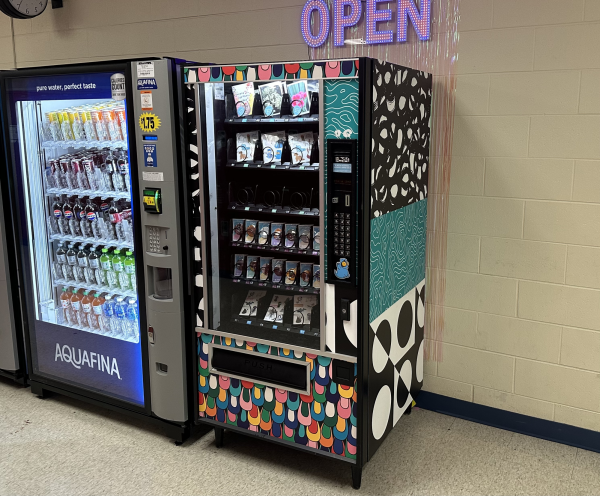Accessibility needs a remodel
Student experiences raise accessibility concerns throughout the high school three decades after the Americans with Disabilities Act.
Chloe Brizendine, a junior who was wheelchair bound for a month and a half, found it difficult to traverse the hallways, and had to re-teach themselves how to open doors because only 59/87 doors had accessible handles.
“I got stuck in the elevator a bunch of times, [too]. The doors weren’t wide enough. It was very stressful,” Brizendine said.
Brizendine found themselves having to get creative with their route to class.
“I’m in the woodwind section of symphonic band. We go down to the middle school band room, because we can’t do a full band, and I have to go all the way around the school instead of just going straight through it. I missed I don’t know how many minutes of class that I could have used,” Brizendine said.
Brizendine’s experience highlights an accessibility problem that K-12 students face in school.
In 1990, Congress instituted the Americans with Disabilities Act (ADA), protecting employment and educational discrimination against “qualified individuals with disabilities.” Under Title II of the ADA, educational building changes include installing accessible door knobs, increasing maneuverability in bathrooms, installing accessible water fountains, installing ramps and elevators, and wider door openings, among other requirements.
Despite the ADA’s effort, a majority of US schools fall short in providing accessibility. According to a 2020 report released by the Government Accountability Office, two-thirds of U.S. public school buildings have physical barriers that inhibit accessibility. The most common barriers exist in restrooms, interior doorways, and classrooms.
While the high school does have an elevator, a ramp, a handful of ADA-compliant door handles, and a shorter circulation table in the library, both Brizendine and Principal Doug Leist agree that the school needs improvement.
According to Leist, the high school needs “additional larger handicap-accessible restrooms and water access,” as well as, “door hardware improvements like auto-opening doors and lever knobs.” However, the school needs funding in order to make these improvements.
“We have worked with the OFCC—Ohio Facilities Construction Commission—on our building needs throughout the district,” Leist said. “Last year the district placed a bond levy on the ballot twice and failed both times. Those funds would have been able to solve our handicap accessibility issues. We will continue to adjust our facilities plan to pick off items that we can but unfortunately, many of the solutions require space to be added.”
In the meantime, Brizendine says that the general population can work to be kind.
“I had one kid fall on top of me one time. I’ve had people slamming doors, I’ve had cars block ramps. So just try to be mindful of what you’re doing,” Brizendine said. “Read the room, or check out the environment. See how many ways you can be kind to others. Kindness is very necessary.”
Want to show your appreciation?
Consider donating to The Knight Times!
Your proceeds will go directly towards our newsroom so we can continue bringing you timely, truthful, and professional journalism.
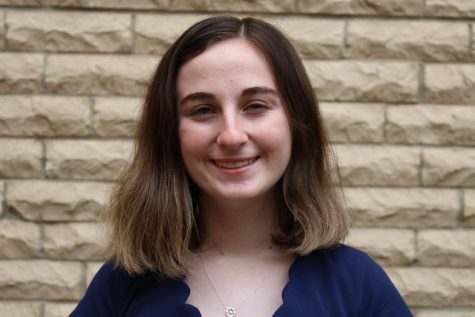
Abby is a senior and has been going to Kings since kindergarten. In the seventh grade, she got into theatre both at school and in the community, and it...





